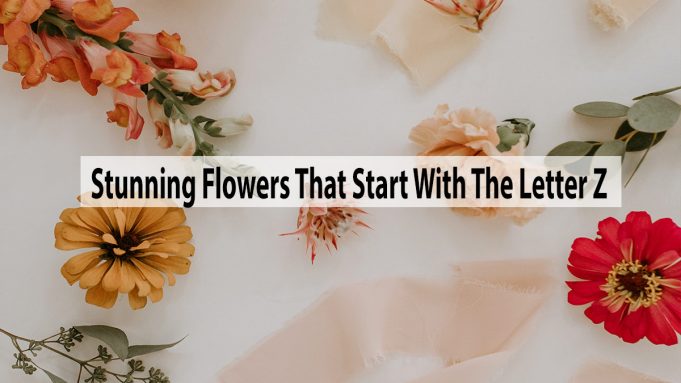Zinnias, zephyr lilies, and zebra plants are just a few of the beautiful flowers that start with the letter Z. While you may not be able to find all of these flowers in your local grocery store, you can certainly find them at your local florist. Here is a list of some stunning flowers that start with the letter Z.
Zinnia
Zinnia is a genus of flowering plants in the family Asteraceae. There are about 140 species, distributed in North America, Europe, Asia, and Africa. Zinnias are perennial plants that grow from tubers or rhizomes. You can send Zinnia to your dear ones with flower delivery in Ludhiana from numerous online services. They have one or more bright yellow or orange flowers that bloom from early to late summer and can last for weeks. The genus is named after Johann Christoph Zinn (1722-1795), a German botanist who was also the director of the Dresden Botanical Garden.
Zephyranthes
Zephyranthes are a genus of flowering plants in the orchid family. The genus includes three species of orchids native to Southeast Asia and Queensland, Australia. Zephyranthes are terrestrial herbs with long thin stems and large leaves. They have a single flower head with up to 120 flowers. The flowers are greenish-white with a purple tinge and a bright yellow labellum.
Zelkova
Zelkova is a genus of flowering plants in the family Rosaceae. The genus Zelkova comprises about 100 species of deciduous trees and shrubs, native to regions from central Europe east to Siberia and North America. The Zelkova tree (Zelkova Serrata) is a medium-sized to a large evergreen tree with a dense, spreading crown, reaching 10–30 m tall with a trunk diameter of up to 2 m. It has smooth gray bark, and its leaves are opposite, simple, 5–9 cm long, and 1.5–4 cm broad, with serrated margins. The flowers are sweet-scented and produced in racemes 8–10 mm wide; the fruits are dry capsules 5–8 mm in diameter.
Zamioculcas
Zamioculcas is a genus of flowering plants in the morning glory family. It contains just one species, Zamioculcas zamiifolia, native to central and eastern North America. Zamioculcas is named for the Moroccan explorer and botanist, Ali Abd al-Rahman al-Zamífer.
Zamia
Zamia is a genus of flowering plants in the sunflower family. There are about 120 species of Zamia, most of which are native to North America and South America. Zamia is a relatively new genus, being formally described by Linnaeus in 1753. Many of the species within the genus have unique flower shapes and colors, making them popular among collectors and gardeners.
Zantedeschia
Zantedeschia is a genus of flowering plants in the grass family. The genus is native to Mexico and Central America but has been naturalized in many other parts of the world. There are about 50 species in the genus, most of which are perennial flowers. Many Zantedeschia species are popular garden plants, and a few are used as ornamental flowers. Zantedeschia is named after Zantippe, a nymph who was transformed into a butterfly by Cupid.
Zebra Plant
Zebra plants (Ziziphus jujuba) are aptly named for their striped leaves and flowers. The Zebra plants are members of the genus Ziziphus, which contains about 100 species. The history of zebra plants is shrouded in mystery, but it is thought they may have originated in the Middle East or North Africa. Scientifically, zebra plants are known as Rhipsalis bicolor. They are flowering plants that grow up to 2 feet tall and have large, showy flowers with a yellow center and black stripes on the petals.
Zephyr Lily
Zephyr lilies, also known as bluebells, are one of the most popular flowers in the world. There are over 100 different species of zephyrs and they are found all over the world. Zephyrs grow best in moist soil, but can also be grown in a pot or indoors. They flower for about two weeks and then start to turn into a ball of fuzz.
The genus name, Zephyris, comes from the Greek word zefirot which means “a wafting breeze”. The scientific name for a zephyr is Liliaceae. Bluebells are actually members of the Lily family and there are many other types of lilies that you can buy at your local garden center.
Read More At Magzina












